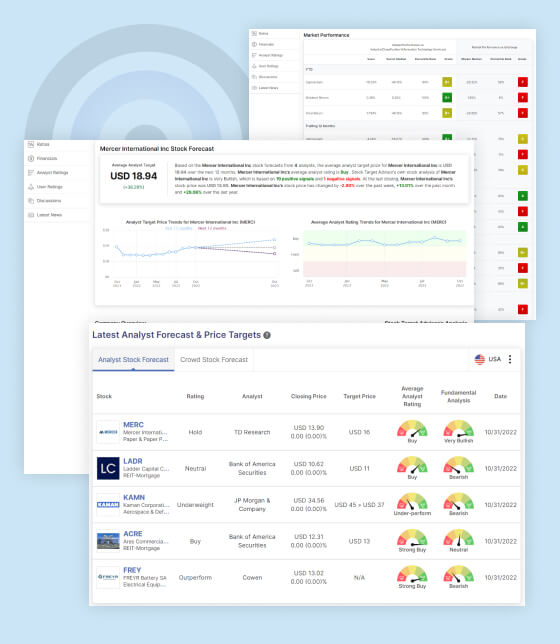Canadian 5 Year Bond Yields:
Canada is now seeing its 5 year treasury bond yields rise which a notable surge. This upward movement in bond yields, particularly in government bonds, carries significant implications, particularly for mortgage rates and the policy decisions of the Bank of Canada (BOC).
Understanding Bond Yields:
Before delving into its impact, it’s crucial to grasp the concept of bond yields. Bond yields represent the return an investor receives for holding a bond until maturity. They move inversely to bond prices, meaning when yields rise, bond prices fall and vice versa.
The Canadian Context:
In Canada, government bond yields serve as a benchmark for various borrowing rates, including mortgage rates. The recent uptick in Canadian bond yields can be attributed to several factors, including:
- Inflation Concerns: Inflationary pressures, fueled by rising energy prices, supply chain disruptions, and robust consumer demand, have prompted investors to demand higher yields to compensate for the eroding purchasing power of future cash flows.
- Central Bank Policy Outlook: Market participants are closely monitoring signals from central banks, including the Bank of Canada. Speculation about potential interest rate hikes to curb inflation has contributed to the upward pressure on bond yields.
- Global Trends: Canada’s bond market is not immune to global trends. Developments in major economies, such as the United States, influence investor sentiment and capital flows, affecting bond yields in Canada.
Impact on Mortgage Rates:
The surge in Canadian bond yields has direct implications for mortgage rates. Mortgage rates are closely linked to government bond yields, particularly the five-year government bond yield, which serves as a reference point for five-year fixed mortgage rates.
As bond yields rise, lenders typically adjust their mortgage rates upwards to reflect the higher cost of borrowing in the bond market. Consequently, prospective homebuyers and existing homeowners seeking to renew or refinance their mortgages may face higher borrowing costs.
Pressure on the Bank of Canada:
The increase in bond yields poses challenges for the Bank of Canada, which aims to maintain price stability and support economic growth. The central bank closely monitors bond market dynamics, as they influence borrowing conditions and overall financial stability.
The surge in bond yields could compel the Bank of Canada to reconsider its monetary policy stance. While higher yields may reflect expectations of a stronger economic recovery, they also risk dampening borrowing and spending activity, potentially undermining the central bank’s efforts to stimulate growth.
To address the dual objectives of managing inflation and fostering economic recovery, the Bank of Canada may face difficult decisions regarding the timing and pace of interest rate adjustments. Balancing the need to contain inflationary pressures with the imperative of supporting the ongoing recovery will require careful deliberation and effective communication from policymakers.
Outlook And Impact
The recent rise in Canadian bond yields underscores the interconnectedness of financial markets and the broader economy. As bond yields continue to fluctuate in response to evolving economic conditions and policy developments, stakeholders across the housing market and monetary authorities must remain vigilant.
For homeowners and prospective buyers, staying informed about changes in mortgage rates and understanding the factors driving them is essential for making informed decisions. Meanwhile, policymakers face the challenge of navigating a complex landscape, where the path of interest rates and its implications for inflation and economic growth requires careful consideration and timely action.

STA Research (StockTargetAdvisor.com) is a independent Investment Research company that specializes in stock forecasting and analysis with integrated AI, based on our platform stocktargetadvisor.com, EST 2007.






































